Seventy-four years ago yesterday, the Maltese were on the verge of starvation, and days away from a possible surrender to the Axis forces led by Nazi Germany. But a last-ditch, high-risk effort to supply the island paid off, despite heavy losses.
Yesterday marked the 74th anniversary of Operation Pedestal – popularly known as the Santa Marija Convoy in Malta – when the first three of five merchant ships to make the journey – a further nine were lost – reached Valletta’s Grand Harbour.
While yesterday’s actual anniversary came and went without a single official statement or ceremony, the occasion was commemorated last week by President Marie Louise Coleiro Preca last Friday.
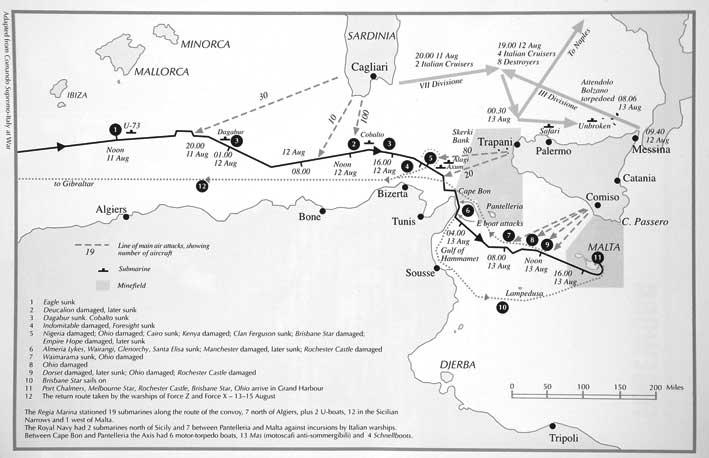
The convoy
Malta’s position in the central Mediterranean, and a stone’s throw from Italy, meant that it was a strategic location even at the start of the war in 1939.
But its importance increased immeasurably in the next two years, as Axis forces took control of France, French North Africa, Yugoslavia and Greece. Subsequently, Malta was the only land in Allied hands between Gibraltar and Egypt.
But then as now, Malta depended on imports simply to be able to feed its population, let alone to keep a military base supplied.
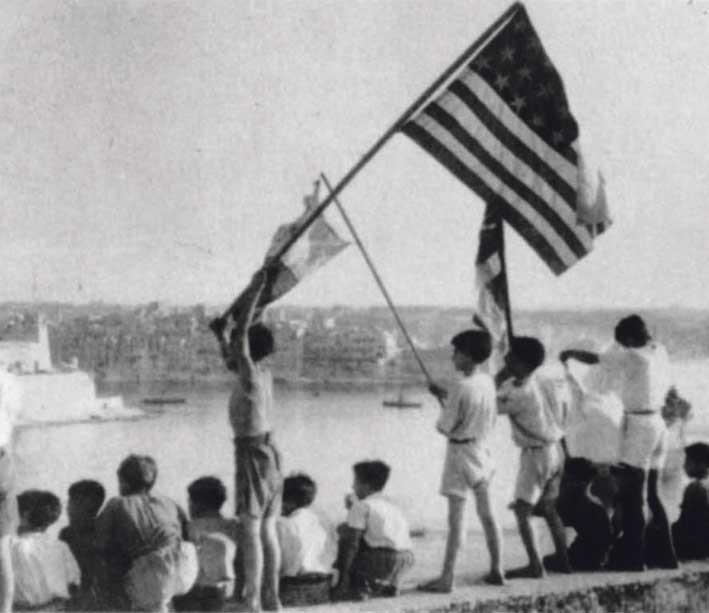
Malta was crucial in Allied efforts to intercept Axis convoys in the Mediterranean, but supplying the island had now become a highly risky affair.
A September 1941 convoy had been largely successful, with eight of its nine merchant ships managing to finish the journey and bring 85,000 tons of supplies.
But this success was followed by a number of failures in the next year.
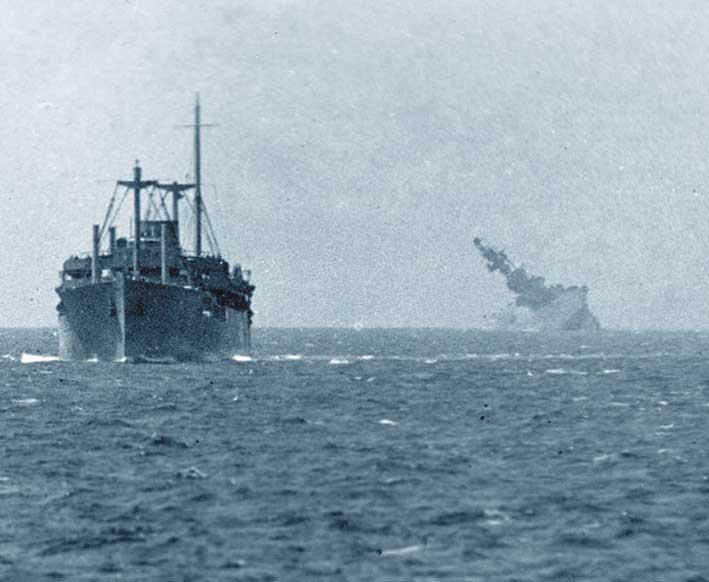
In February 1942, a three-ship convoy left Alexandria, but no supplies reached the island.
The following month, another convoy, made up of three merchant ships and a Navy oiler, was launched. A heavy escort force kept Italian warships at bay, but German bombers near Malta proved to be a different matter entirely.
One ship was sunk just 20 miles off Malta, while the oiler was sunk within eight miles off Malta. The remaining two ships completed the journey, but the cheers of the Maltese soon turned to despair as both were soon sunk in the harbour, with only a fraction of their cargo unloaded.
A more ambitious effort was organised the following June, with six merchant ships leaving Gibraltar (Operation Harpoon) while another 11 headed west from Alexandria (Operation Vigorous), under heavy escort. But only two ships from Operation Harpoon made it to Malta, and since all the tankers were sunk, no fuel oil got through.
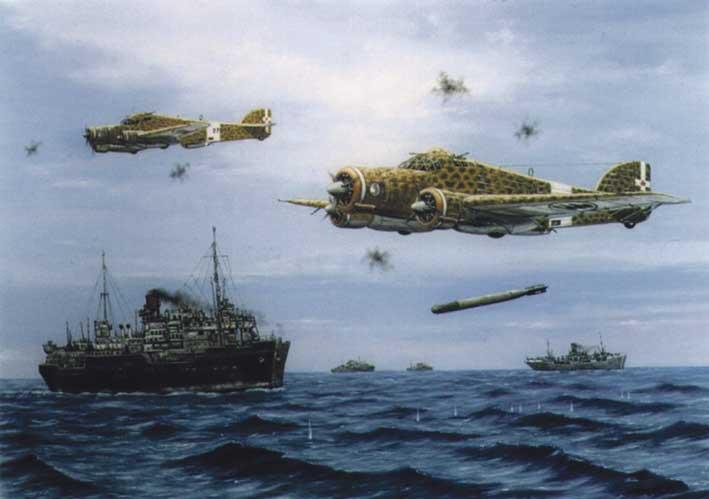
Subsequently, Allied military planners predicted that Malta would be forced to surrender by the end of August if the much-needed supplies did not arrive. The Royal Navy thus drew up plans to organise another convoy at the earliest practical date, mid-August, in what was termed Operation Pedestal.
The convoy was made up of 14 merchant ships, with the most important one, arguably the SS Ohio, as it was the only large fast tanker available, which had been built by the Texas Oil Company and requisitioned for the war effort. All other ships carried some fuel supplies in drums as partial insurance against the tanker’s loss.
The heaviest escort force ever deployed for a single convoy, made up of two battleships, four aircraft carriers, seven cruisers and 33 destroyers, escorted these ships.
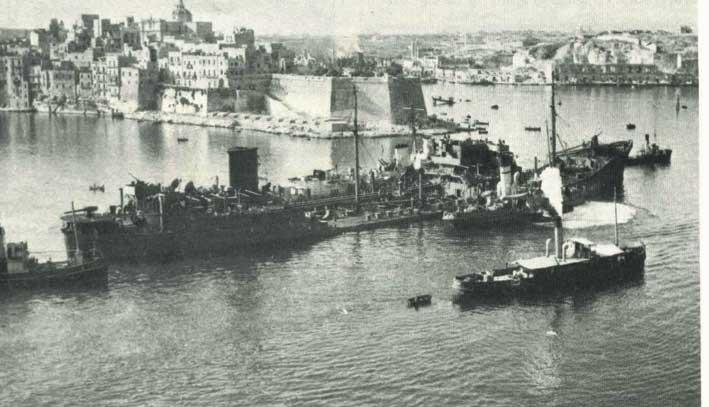
The convoy passed the Strait of Gibraltar on the night between August 10 and 11 in heavy fog, and was refuelled at sea the following morning. Refuelling at sea was a dangerous affair, but the usual refuelling site for Malta-based convoys – Malta – now had no fuel to spare.
The refuelling was successful, but an Axis U-boat struck a coup soon after: the carrier Eagle was sunk by four torpedoes.
But at roughly the same time, 36 Spitfires took off from another carrier – the Furious – to reinforce Malta’s defences against German bombers. Her mission done, the Furious returned to Gibraltar, and one of her escorts rammed and sank an Italian submarine on the way.
The convoy drew heavy fire on the following day, as it got closer to Axis bases in Sardinia and Sicily. The flight deck of one of the two remaining carriers, the Indomitable, was rendered inoperable even though the ship could still sail on, leaving Victorious as the only functioning carrier.
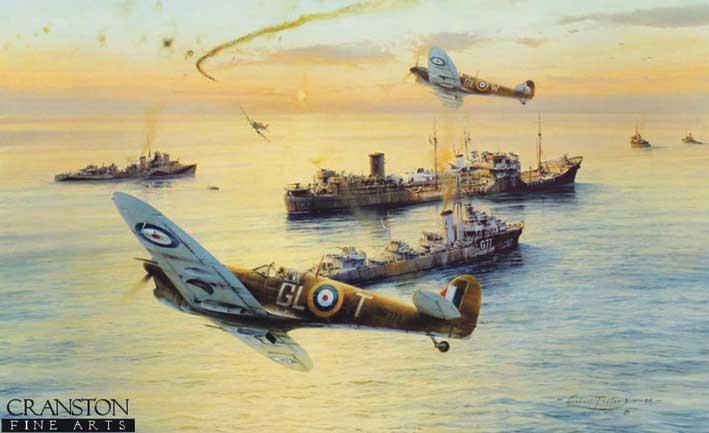
Attacks on 12 August led to the loss of three merchant ships, a destroyer and a cruiser. Two cruisers and two merchant ships were damaged, including the Ohio, although repairs allowed it to continue the journey at a lower speed.
The next day proved to be even more dramatic, with the loss of six merchant ships and a cruiser. Ohio was once again targeted by German planes, and ended up dead in the water after its boilers were blown. The tanker was nearly split in two by a bomb, and its crew abandoned ship; an unsuccessful attempt to tow it to shore was made.
However, the evening brought some good news for Malta, as three merchant ships – the Rochester Castle, the Port Castle and the Melbourne Star – entered Grand Harbour.
A fourth, the Brisbane Star, reached the harbour the next day, despite having sustained extensive damage to its bow.
A fresh effort to tow the Ohio was also made, inevitably attracting German bombers. This time round, however, Malta-based Spitfires came to the rescue, although one bomber managed to land a bomb in the tanker’s wake.
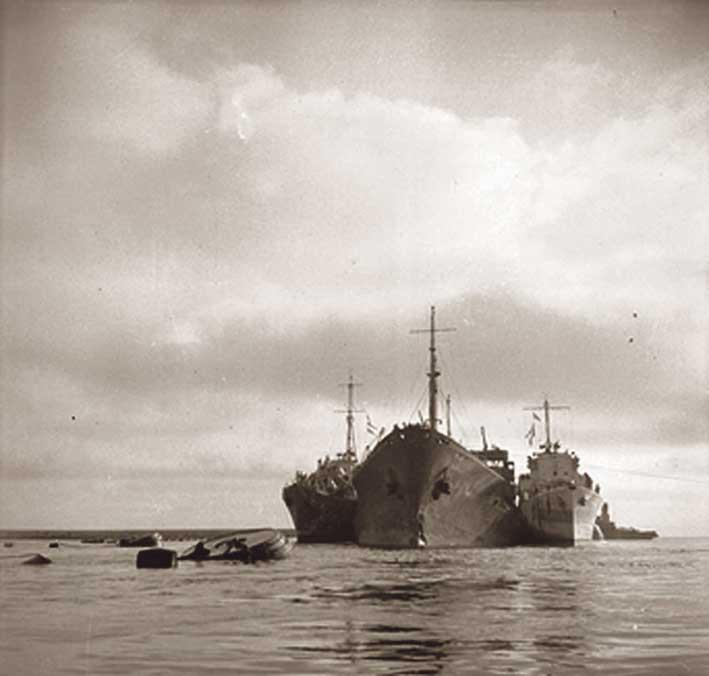
As a result, the Ohio started sinking 45 miles off Malta, but the decision was then made to have two destroyers “sandwich” the stricken tanker on each side while it was being towed.
The tanker approached the island the next day, and with the assistance of tug boats, made it to the harbour to large crowds of cheering Maltese, accompanied by a brass band. Its arrival on the feast of the Assumption gives the convoy its Maltese name.
Operation Pedestal was ultimately a tactical disaster, given the great losses sustained, but was also a clear strategic victory for the Allies. The supplies bought Malta roughly 10 more weeks, but the fuel supplies now helped ensure that the locally-based fighter planes would protect ships unloading in future supply operations.
The fuel oil also gave a substantial boost to Malta-based operations against Axis shipping, which sunk a substantial proportion of Axis convoys to North Africa. These losses helped turn the tide in the region, and increasing Allied control in North Africa made supplying Malta an easier task.
The war in Malta effectively ended in 1943, after the invasion of Sicily moved the front line further north.